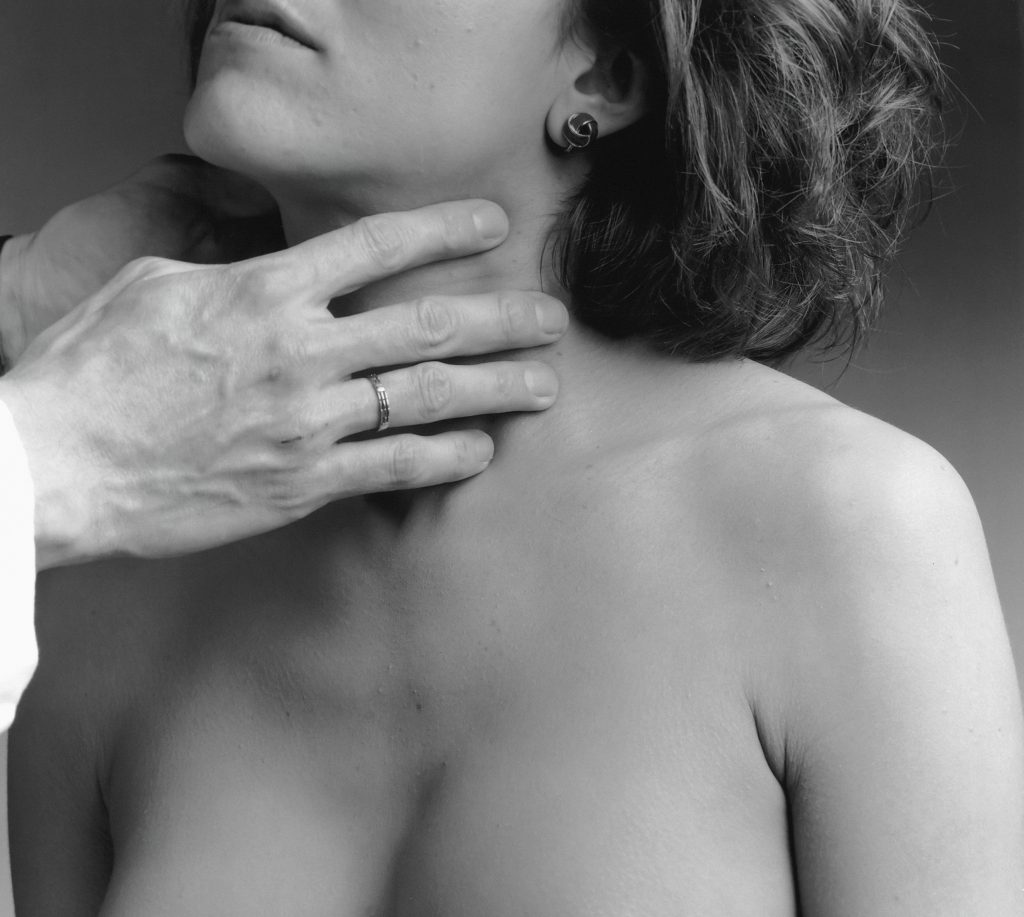
The dysfunction of the thyroid gland is one of the most serious health problems right now. This gland is a very important part of the body’s key functions. It is the biggest endocrine organ and the first one to form during embryogenesis. The thyroid gland makes two hormones: thyroxine (T4) and triiodothyronine (T3). These hormones help control the body’s metabolism and make the energy that all organs and body systems need to work.
Thyroid diseases are some of the most dangerous because they change the way the body’s hormones work and cause other systems to stop working properly or get sick. Based on a review of the scientific literature, thyroid diseases are the most common type of endocrine disorder and a challenging issue in clinical endocrinology and endocrine surgery. This is shown by the fact that autoimmune diseases are becoming more common and that the number of people who are disabled by them is high. These problems are linked to environmental degradation, not getting enough iodine, bad changes in the population’s food, and more autoimmune illnesses.
Not all thyroid problems can be fixed by a conservative approach. Surgery on the thyroid can cause a condition called postoperative hypothyroidism, which raises the risk of heart, digestive, and mood problems. Hypothyroidism also needs hormone replacement treatment with levothyroxine every day for the rest of their lives. In this way, the problem of transplanting thyroid cells to treat hypothyroidism after surgery, which is a side effect of surgery for widespread toxic goiter and thyroid cancer, needs special attention. With the information about the characteristics of stem cells grown with current technology, it became possible to use them as part of a complicated treatment for thyroid disease. It was shown that there are groups of thyroid stem cells in the adult thyroid gland.
Using artificially grown cultures of thyrocytes that can make thyroid hormones from pluripotent stem cells has shown a new way to treat hypothyroidism. The adult thyroid gland had stem cells and progenitor cells that came from the endoderm. A way to get primary cultures of thyroid cells from baby rats was found by exposing 12 pregnant female Wistar rats to radioisotope 131I at different times during their pregnancies. Analysis and definition of morphological and functional factors show that irradiation causes damaging changes at the cellular level in the gland, such as the creation of binuclear cells and cells with micronuclei, apoptosis, and problems with follicular differentiation. First of all, this is true for badly differentiated cells that are multiplying and cells that are just starting to become different, which means that their roles are being changed. When ring-shaped cells form in a culture of thyroid cells, this is a sign of serious genotoxic diseases and a sign of genomic instability in the children of animals that were exposed to 131I while they were still in the womb. The main culture of thyrocytes from newborn rats showed that the thyroid tissue was making structures that looked like follicles and made hormones.
Autoimmune diseases, like autoimmune thyroiditis (AIT) and Graves’ disease (diffuse toxic goiter), are today one of the most common types of serious illnesses. Autoimmune thyroiditis is a disease that is caused by a hyperimmune response. This causes the thyroid gland to be destroyed, which leads to hypothyroidism. At the moment, there are no good ways to treat AIT because hormone therapy for the gland, surgery, and immunomodulatory therapy all have serious risks and side effects. Rats were used to study how stem cells affect the way the body works and the defense system. Rats were used in experiments on AIT by immunizing them with human thyroid antigen.
The results of hormonal, histological, and immune tests showed that this model is correct. After being immunized, rats with AIT got a single dose of MSCs that had been frozen and taken from the body tissues of 15-day-old Wistar rat embryos. When animals with AIT were given stem cells, the amount of antibodies to thyroglobulin in their blood serum went down, and the immunoregulatory index went back to normal. Also, stem cells helped restore the follicular shape of the rat’s thyroid gland and bring thyroid hormone levels back to normal. This shows the benefits of this kind of correction and the potential of this field in searching for novel approaches to treat thyroid illnesses.